Manitoba farmers ‘largely supportive’ of Canada’s new food guide
Read this article for free:
or
Already have an account? Log in here »
To continue reading, please subscribe:
Monthly Digital Subscription
$0 for the first 4 weeks*
- Enjoy unlimited reading on winnipegfreepress.com
- Read the E-Edition, our digital replica newspaper
- Access News Break, our award-winning app
- Play interactive puzzles
*No charge for 4 weeks then price increases to the regular rate of $19.00 plus GST every four weeks. Offer available to new and qualified returning subscribers only. Cancel any time.
Monthly Digital Subscription
$4.75/week*
- Enjoy unlimited reading on winnipegfreepress.com
- Read the E-Edition, our digital replica newspaper
- Access News Break, our award-winning app
- Play interactive puzzles
*Billed as $19 plus GST every four weeks. Cancel any time.
To continue reading, please subscribe:
Add Free Press access to your Brandon Sun subscription for only an additional
$1 for the first 4 weeks*
*Your next subscription payment will increase by $1.00 and you will be charged $16.99 plus GST for four weeks. After four weeks, your payment will increase to $23.99 plus GST every four weeks.
Read unlimited articles for free today:
or
Already have an account? Log in here »
Hey there, time traveller!
This article was published 22/01/2019 (2514 days ago), so information in it may no longer be current.
Manitoba farmers were bracing themselves for the worst in the new Canada Food Guide — perhaps a recommended diet of tofu and water.
But farm groups were pleasantly surprised and positive about what was released on Tuesday.
“We’re largely supportive of where the Food Guide landed,” said Brian Lemon, Manitoba Beef Producers general manager.

Lemon did not view the guide as encouraging plant-based protein over meat, as it has been interpreted in some quarters. Instead, the beef producer organization likes that the guide recommends a quarter of a person’s plate be devoted to protein, and Lemon recommends beef as one of the best sources.
“Suggesting that a quarter of plate needs to be protein, I think, positions meat really well as the most nutrient-dense protein you can consume,” he said. “I don’t see a reason, because of this food guide, for Canadians to reduce the amount of beef they consume.”
It can take three to four servings of plant product to get the same protein as a single serving of meat, he said.
“You can get the equivalent of protein from plant-based sources but you have to consume a lot more and actually have to consume a whole pile of calories to get the same proteins.”
Egg producers were equally pleased with the Food Guide. “It’s not a bad thing for eggs at all,” said Brenda Bazylewski, Manitoba Egg Farmers director of marketing, who noted egg sales in Canada have grown for nine straight years.
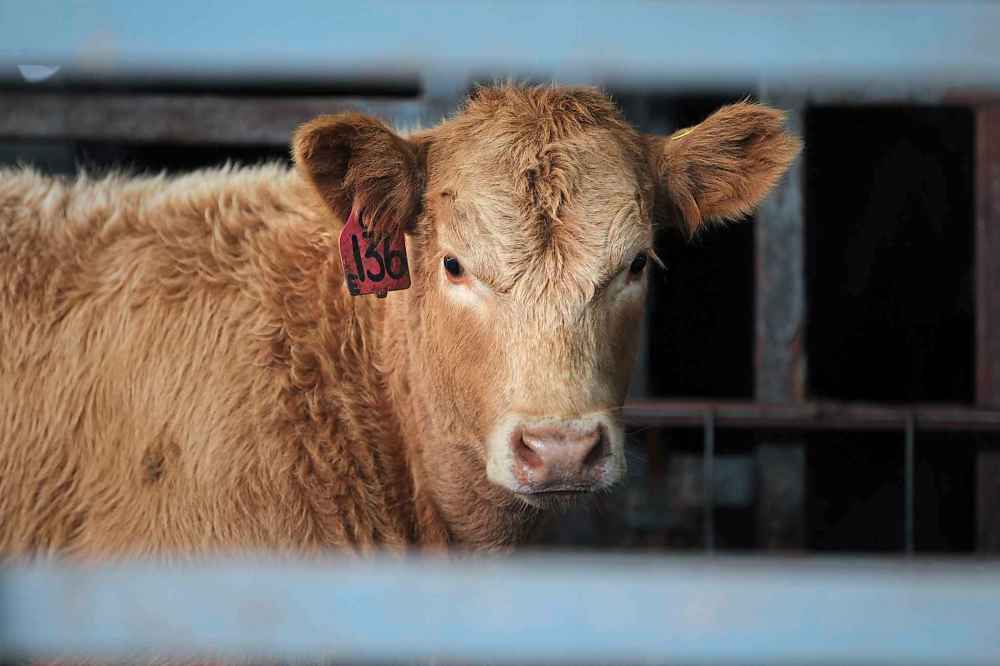
The guide gives plant-based protein higher billing than in the past but that shift is taking place in society already. European-based processor Roquette is building a $400 million pea-protein plant in Portage La Prairie to tap into that dietary trend.
Livestock producers couldn’t expect the food guide to ignore the trend but plant-based protein can’t compete against eggs, she said.
“The thing with eggs is the quality of protein is so high. There are 14 vitamins and minerals in every single egg,” she said. “Eggs contained, whereas vegetables don’t necessarily, all nine essential amino acids.” Bazylewski also pointed out the guide lists a single serving as two eggs, and not just one.
Dairy producers were reportedly the most chagrined by the foodguide. Some reports claimed the food guide elevated the benefits of water over milk.
Canada Food Guide history
1942
1949
1942
1949
1961
1977
1982
1992
2007
2019
– Information and photos: Health Canada, The Canadian Press
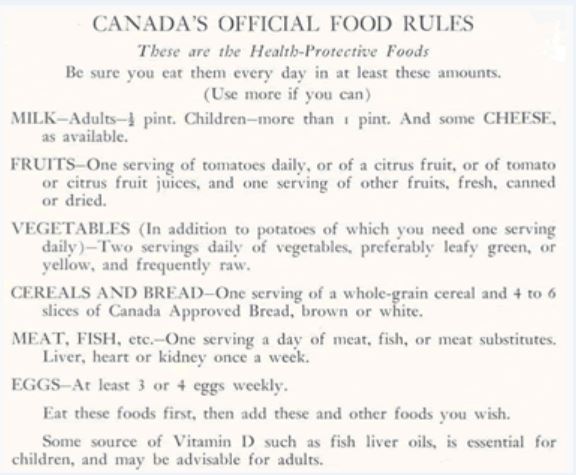
But a spokesperson for the Dairy Association of Canada said that’s not what the food guide says.
“It’s not negative, it’s different,” said Lee Finell, a registered dietitian with the dairy farmers’ group.
Finell sees the guide as promoting water over “high-calorie, nutrient-poor” sweetened drinks, not milk. She said water was also promoted in the last food guide in 2007.
Milk is not less prominent but rather positioned differently, she said. “This is a nutrition-based food guide instead of an agricultural-based diet, so no one food has its own food group” like in the past, Finell said.
Unlike previous guides, Health Canada didn’t consult with farm groups before writing the food guide and that had farmers leery. Consultations with agriculture in previous guides left Health Canada open to criticism that farm groups had undue influence over the diet recommendations.
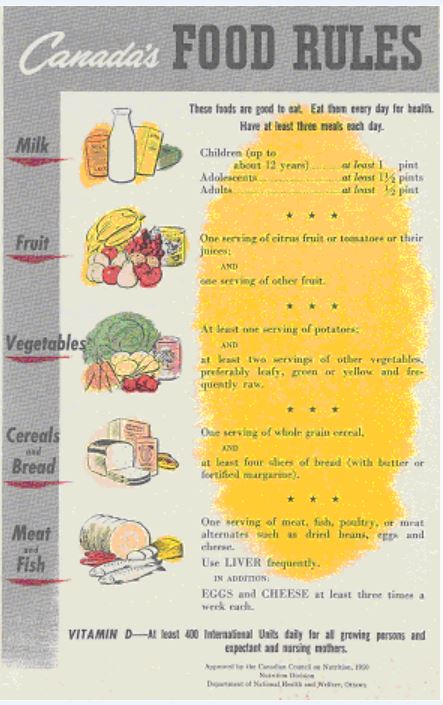
Finell said dairy producers will continue to promote the many benefits of milk, including for bone development in children and seniors. Milk products are a key source of six of the eight nutrients that most Canadians already fall short of: calcium, magnesium, zinc, vitamin A, vitamin D, and potassium.
Chicken always comes off as the meat product with the halo when it comes to healthy eating. However, the food guide errs in putting plant-based protein on a level playing field with meat products like chicken when chicken provides superior protein, said Wayne Hiltz, Manitoba Chicken Producers executive director.
One serving of chicken breast, 75 grams, has the same protein as over 300 grams of tofu, or three cups of quinoa, or 350 grams of lentils, he said. “That’s six servings of quinoa to equal one serving of chicken,” Hiltz said.
bill.redekop@freepress.mb.ca
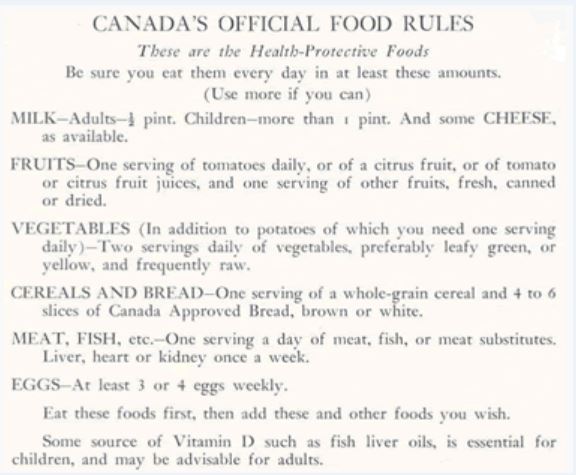


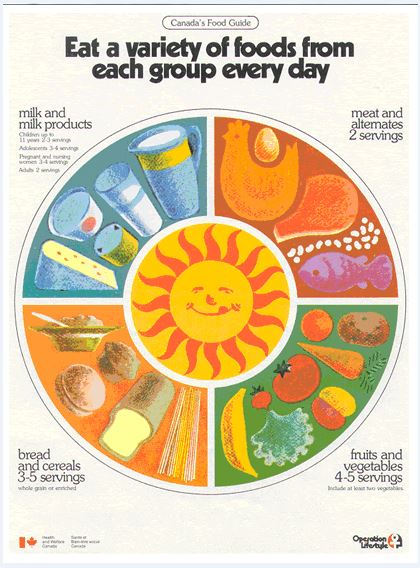
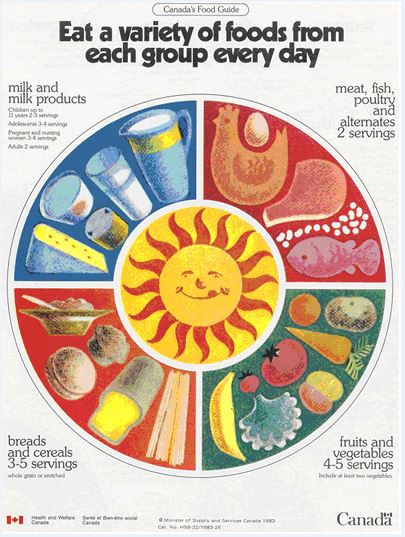
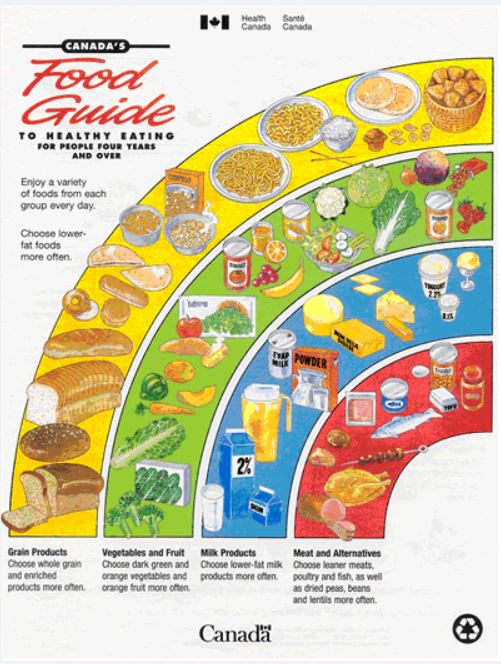
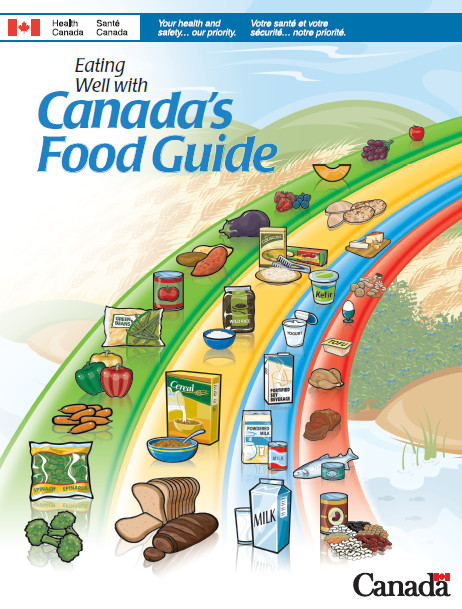
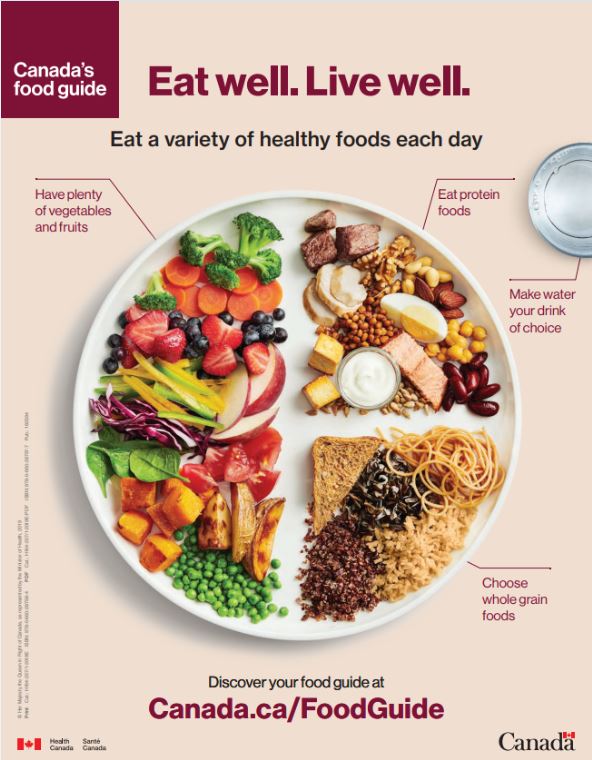



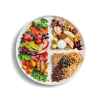





DavidCooper.jpg?h=215)

